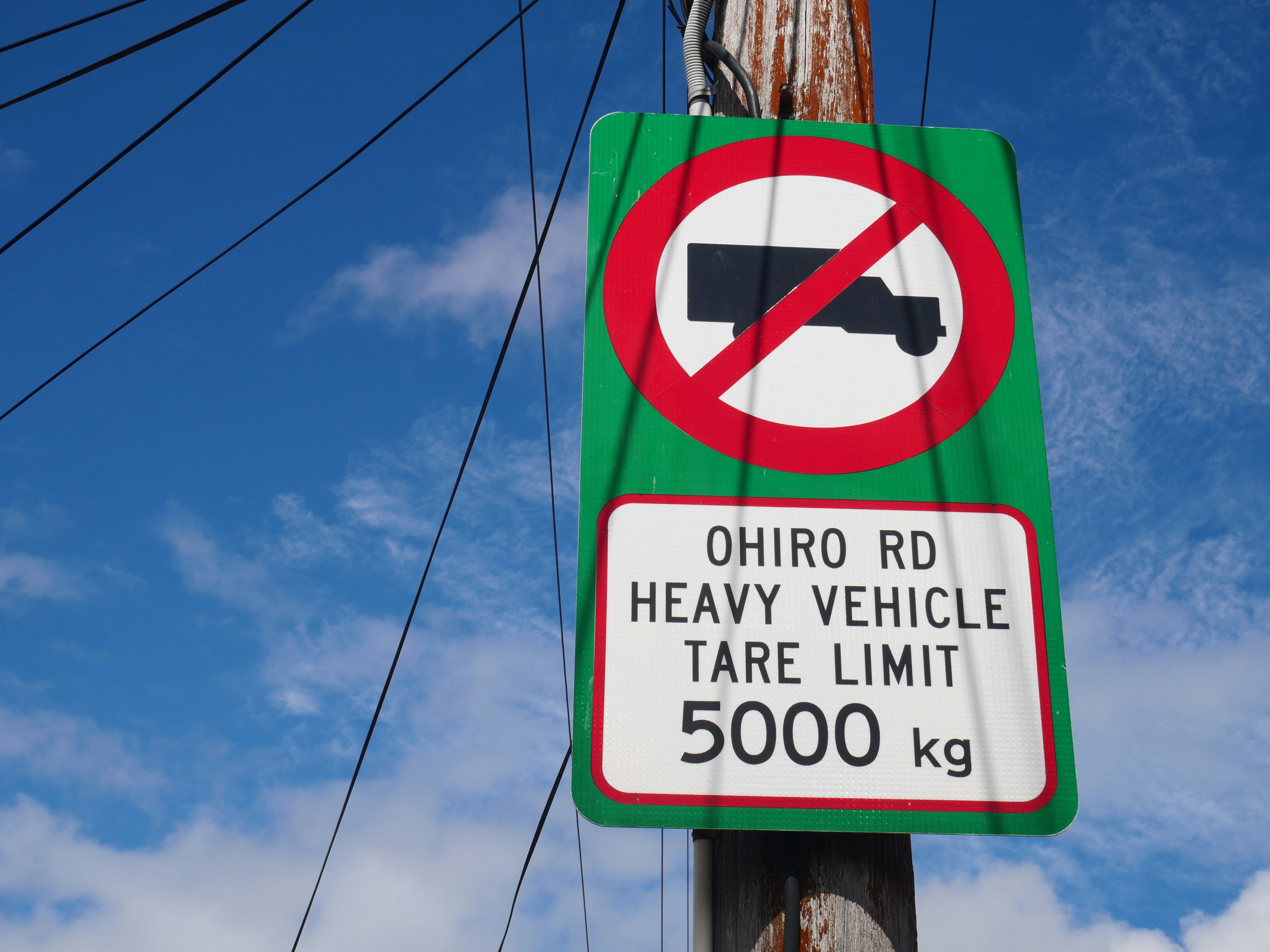Understanding the Evolution of the Joint Employer Rule in the US
Explore the history and impact of the joint employer rule in the United States, including recent developments and controversies.

Photo by Tamarcus Brown on Unsplash

Photo by Tamarcus Brown on Unsplash
Origins of the Joint Employer Rule
The joint employer rule has been a topic of significant debate and change in the United States, impacting the relationship between employers, franchisees, and labor standards. The Obama administration's Browning-Ferris Industries decision in 2015 set the precedent for holding employers, particularly franchisors, accountable for labor practices, even with indirect control over employees. This decision aimed to ensure fair treatment and protection for workers under various employment arrangements.
Revisions and Reversals over Presidential Administrations
The joint employer rule saw alterations with the change in presidential administrations. In 2017, during the Trump administration, the previously established rule was overturned, shifting the responsibility away from franchisors for their franchisees' compliance with labor regulations. This change marked a departure from the stricter stance on employer liability seen in the 2015 ruling. Subsequent adjustments in 2020 further modified the joint employer rule, leading to a less stringent approach compared to the Obama-era standards.
Recent Developments and Controversies
The recent broadening of the joint employer rule by the National Labor Relations Board (NLRB) sparked controversy within the business community, especially in industries like restaurants, where franchise models are prevalent. This expansion aimed to hold franchisees and franchisors equally responsible for various labor aspects, triggering pushback and legal challenges. The NLRB's decision faced opposition from multiple governmental bodies, leading to congressional actions to reverse the rule, ultimately met with a presidential veto.

Photo by Tamarcus Brown on Unsplash
Legal Challenges and Withdrawal of Appeals
Following a federal judge's blocking of the broadened joint employer rule, citing legal inconsistencies, the NLRB initiated an appeal which has now been withdrawn. The agency's move to reconsider the issues highlighted by the court reflects a desire for deeper examination while maintaining support for the broader rule. The withdrawal leaves room for potential future appeals, indicating the complexity and ongoing debate surrounding the joint employer standard.